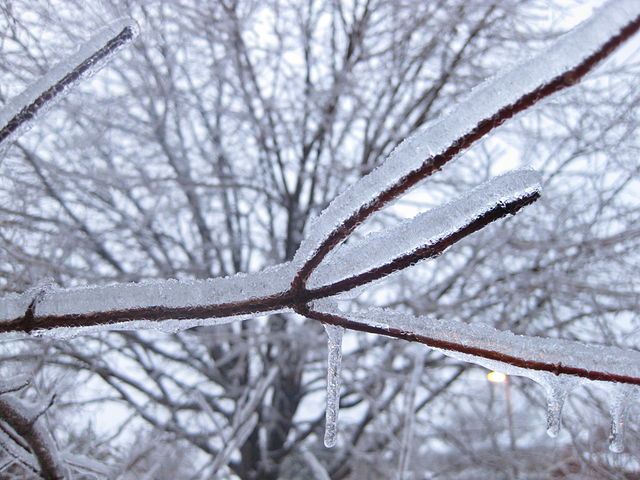Vancouver Island and the south-western province of British Columbia (B.C.) in Canada expect freezing rain and snowfall from January 17. The regions are the latest stopping points of a freezing winter storm that is moving from the west.
For B.C., the weather change will temper a relatively dry winter, with strong winds bringing precipitation at temperatures below zero degrees Celsius. Already by January 15, temperatures in Edmonton and Calgary had dropped to -35ºC and -28ºC respectively.
Regarding B.C.’s largest city of Vancouver, there may not be the arctic chill that hammered Central and Western Canada mid-January. Instead, a messy mix of rain and snowfall will bear on the city island from January 16 through 17.
B.C., Vancouver may Escape Drought
If the freezing rain arrives, B.C. and Vancouver may shake off the drought that extreme weather events normally bring to Canada.
Josie Osborne, the minister of British Columbia’s Energy, Mines and Low Carbon innovation terms storm-derived “drought” a current communal risk.
The expected precipitation will therefore auger well for southwest B.C., which is looking forward to its February produce. Fresh apples, savoy cabbage, russet potatoes, beans and spices like onions are usually in season each February in this region.
For rural southern Vancouver, winter rain would mean good tidings for its fresh apple crop, kale, leeks and onion. There are also parsnips and potatoes to count on for the February-April season.
Fungi and Cold Weather
Other than snowfall, changing weather is another determinant of the future of rare fungal plants in the Canadian west.
Some of these plants are edible mushrooms, which thrive in Vancouver Island around February, March and April. Successive dry winters have been affecting their growth but this may change with the chance precipitation this January.
The other cold weather fungal growth is an algae known by the pun name “watermelon snow” due to its appearance. It looks quite red and people often wonder if it is not a blood spot on the ground. This algae occurs on glaciers as long as there is snow in late winter and early summer.
Statistics show that this algae is disappearing sooner than normal in tandem with significant glacial loss due to global warming. When snow starts to thaw by early spring, the vegetation all but disappears. With the current freezing conditions, however, the algae is in plenty.
In short, mixed snow and rain in Canada’s south-western province may bring vital moisture to February crops.
